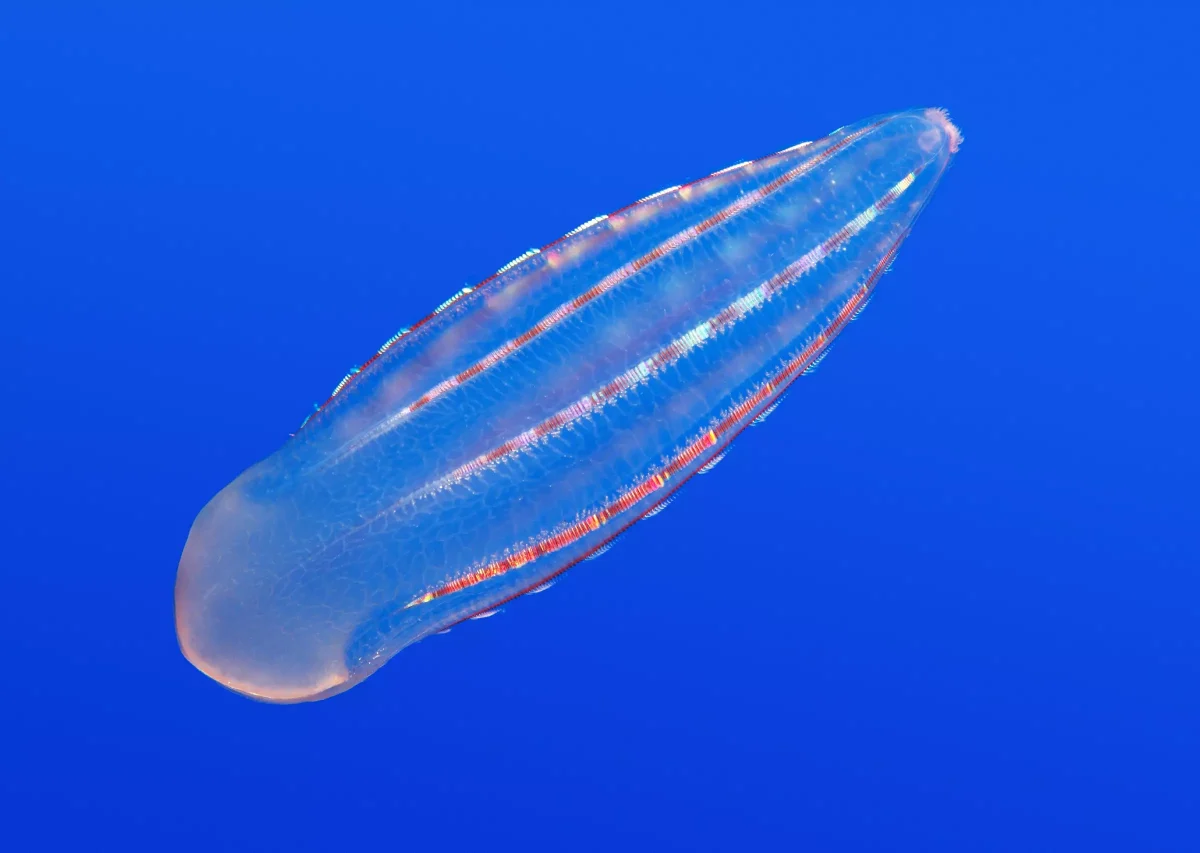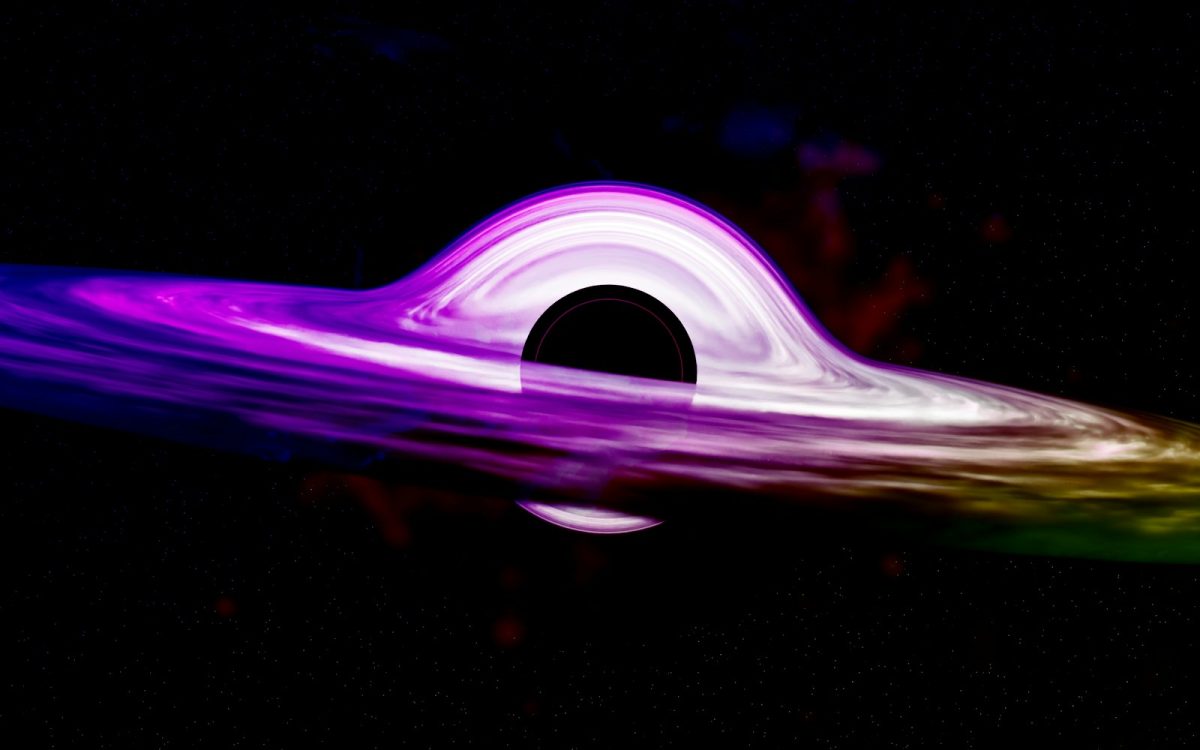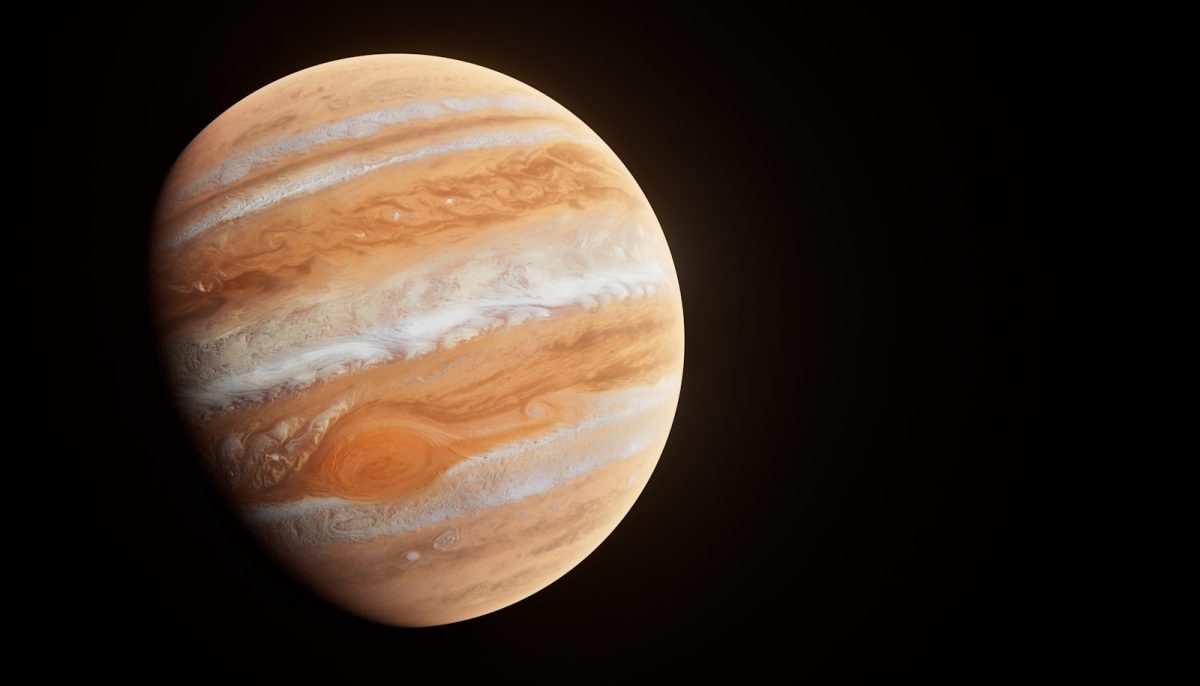Although they have a similar name and look very similar, jellies and comb jellies are not jellyfish; a jelly is a simple creature with very few specialized organs. As alien as it seems, a jelly’s soft shape perfectly adapts to its environment. Its thin skin stretches over a more than 95 percent water body. It has no bones or shells to weigh it down. Most jellies detect chemical traces in the water to allow them to locate food, and many are also gravity-sensitive, using a structure called a statocyst, that provides orientation in the water. Jelly can be very sensitive to water quality during certain life stages. Changes in the general jelly populations may significantly affect more significant environmental problems.
The comb jelly is an oval-shaped animal, about the size of a silver dollar, with eight rows of tiny comblike plates, or hair, that ripple as it beats them to move itself through the water. As it swims, the comb rows break up (diffract) light to produce a shimmering rainbow effect. Some comb jellies can expand their stomachs to hold prey nearly half their size. A comb jelly will eat other comb jellies larger than itself by biting off chunks with particular cilia structures in its mouth. Biologist Kei Jokura says it’s possible that the first nervous system to evolve on Earth was in an ancient comb jelly.
A little over a year ago, while Jokura was in Woods Hole, Mass., he routinely walked down to the water, scanning for comb jellies.
“You can miss it,” he says, but the trick is looking for sunlight reflecting off their bodies. Jokura took the comb jellies he found back to the lab in Woods Hole and put them in a tank. When he checked on them one day, something caught his eye.
“I was surprised because a weird shape was there,” he remembers. It was bigger. It had two heads and two mouths. He put the fat comb jelly in a beaker and ran to show his lab mates.
Jokura’s labmate, Mariana Rodriguez-Santiago, suggested to poke it. “I poked it mostly to see if they would get unstuck,” she says. “But instead, the muscle contracted at the same time.” This suggested that it shared a nervous system. The researchers decided to see if this was an anomaly or whether they could recreate it. They sliced comb jellies in different spots, and when they snipped them along their edges and placed them near one another, within an hour or two, nine out of ten times, they fused.
RELATED STORIES
https://www.montereybayaquarium.org/animals/animals-a-to-z/comb-jelly
https://www.npr.org/2024/10/08/nx-s1-5144689/comb-jelly-superpower-absorb-become-one
https://www.nytimes.com/2024/10/07/science/comb-jellies-fusing-bodies.html
https://www.sci.news/biology/mnemiopsis-leidyi-rapid-physiological-integration-13322.html
https://arstechnica.com/science/2024/10/injured-comb-jellies-can-fuse-into-a-single-organism/
https://ocean.si.edu/ocean-life/invertebrates/jellyfish-and-comb-jellies
https://marinesanctuary.org/blog/sea-wonder-comb-jelly/
TAKE ACTION
https://www.montereybayaquarium.org/join-give/ways-to-give
https://www.aquariumofpacific.org/onlinelearningcenter/species/comb_jelly






